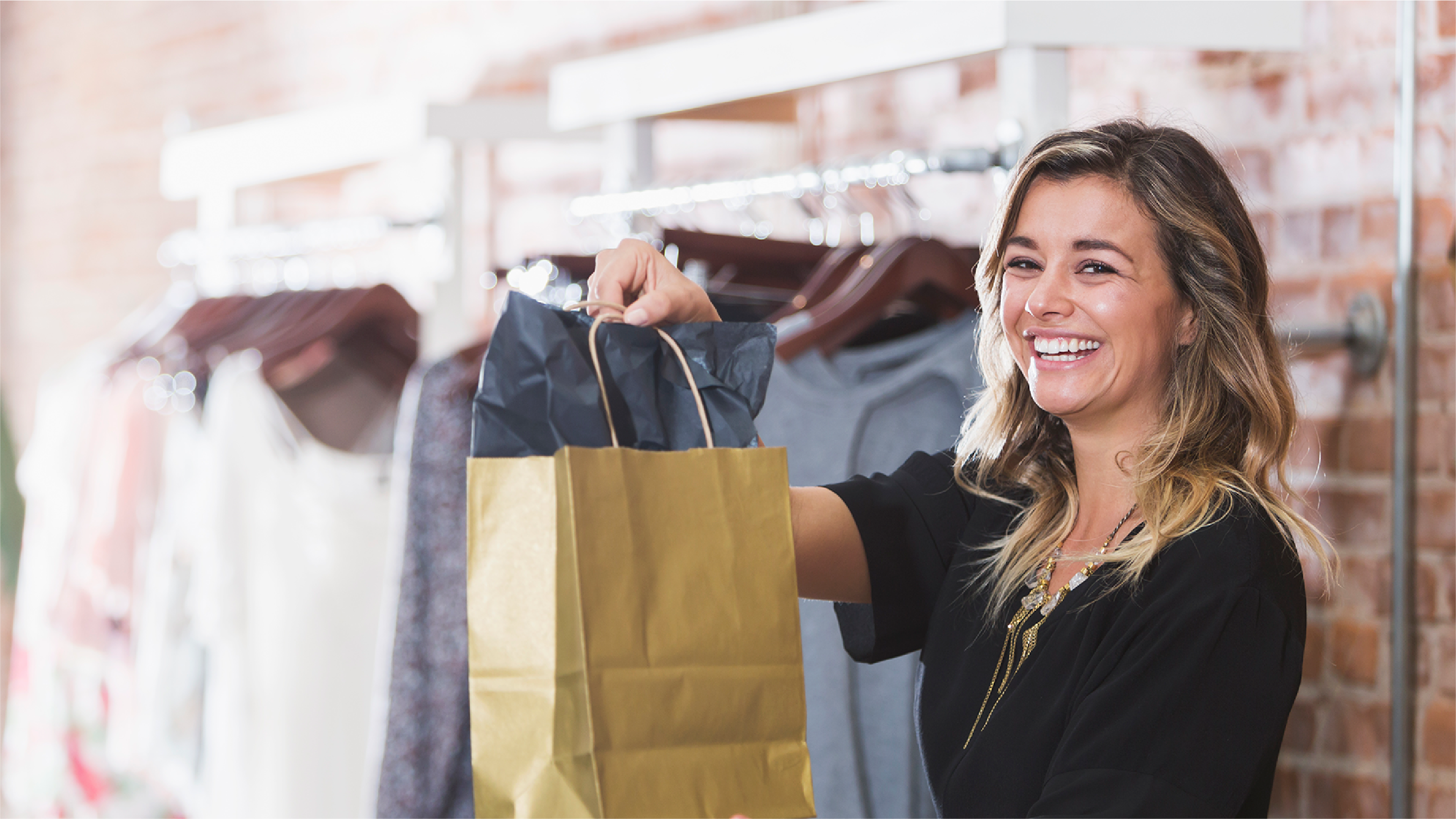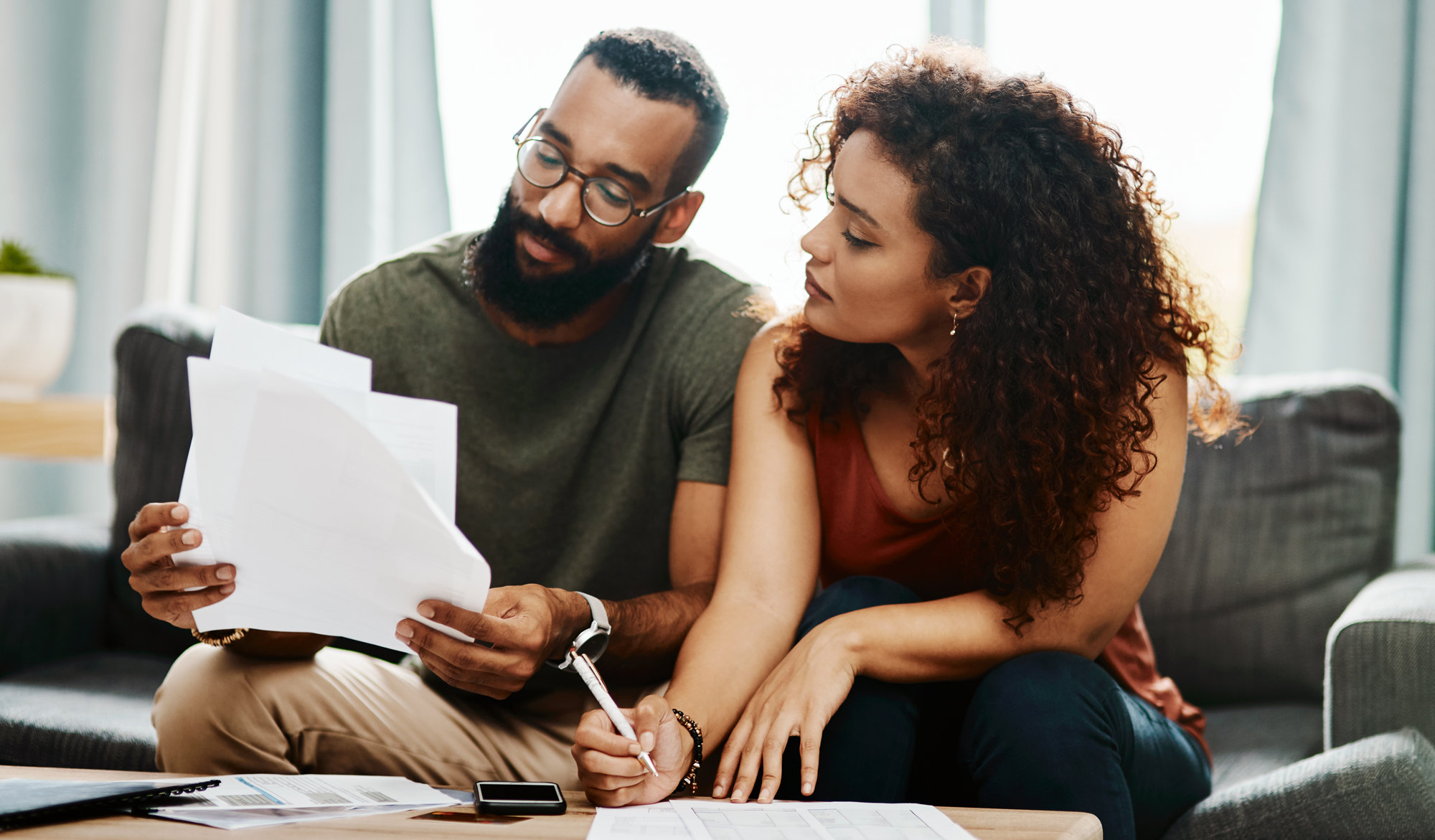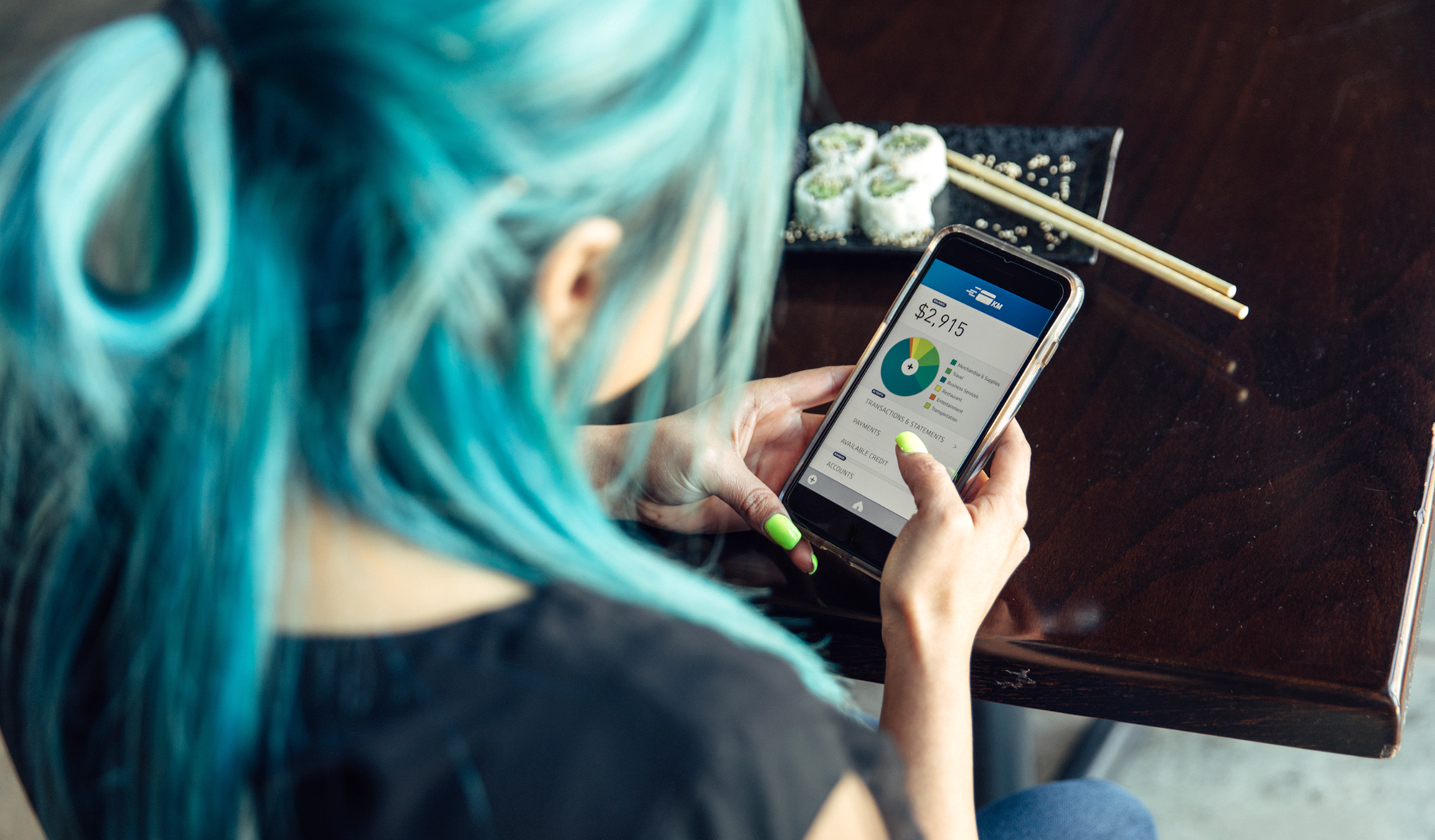What you need to know about “Buy Now, Pay Later”
This “Buy Now, Pay Later” thing has been suddenly appearing from everywhere and seems to be an emerging payment option in the digital marketplace. You might have seen ads online or read about it on the counter as you check out your items in a retail store. But what is it, really? In this article, we’ll lay down the basic things that you should know about this financial service.
What is ‘Buy Now, Pay Later’?
The term ‘buy now, pay later’ (BNPL) is fairly straightforward. This payment method allows customers to purchase and own the product without having to pay for the full amount in cash.
Contrary to a lay-by agreement that makes you pay for the items in instalments first and receive it only after it’s been fully paid, ‘buy now, pay later’ allows a customer to take home their purchase straight away and repay it over time.
How does ‘Buy Now, Pay Later’ work?
‘Buy now, pay later’ is fully integrated within the store’s checkout and ready for payments should you have decided on what to purchase. With the ‘buy now, pay later’ method, you can spread the payment for your purchase across a number of equal repayments whether you are shopping online or in-store.
For instance, a $130 pair of sneakers has a ‘buy now, pay later’ option – so instead of paying $130 upfront, you can slice it into 4 interest-free payments for up to 8 weeks, giving you a fortnightly fee of $32.50.
What are the associated costs?
Depending on the provider you chose, this payment method may also come with monthly account-keeping fees and late payment charges that are also normally associated with credit cards. Interest rates also vary and may range from 0% to 19.90% per annum or higher.
How do retailers benefit from ‘Buy Now, Pay Later’?
While relatively new and most retailers are still testing waters when it comes to buy now pay later, this new payment program has its own share of interesting perks.

Retailers get paid in full amount, always. It might be a ‘pay in 4’ or an instalment basis for the customers, but the retailer always gets paid upfront and in full amount. How is this all made possible? The credit provider the merchant partners with will carry the responsibility of collecting the payments, so the merchants can simply send off their products minus all the credit risks. Easy, right?
Retailers may attract more customers. With the convenience and tech-driven features that ‘buy now, pay later’ has to offer, the younger consumers are most likely to use it over traditional payment methods. Here in Australia, people aged 20 to 49 years dominate the capital cities, making up 45% of the total population. That is like 4 or 5 out of 10 customers choosing to purchase on ‘buy now, pay later, stores rather than the bills-and-coins-payment retailers, not to mention the other demographics that prefer the new method as well.
Higher conversion rate. Having the option to own a more expensive product without paying upfront influences the consumer’s decision to purchase. Some customers are really looking for instalment payments, otherwise they wouldn’t be making the purchase at all. Also, rather than only sticking with hard cash or credit payments, offering more payment solutions may increase a retailer’s conversion rate which will all the more increase their revenue.
What are the alternatives to ‘buy now, pay later’?
If you love the idea of pay-later solutions, apart from ‘buy now, pay later’ there are more ways to own the things you need instantly without having to pay anything upfront.
MONEYME’s Freestyle virtual Mastercard® is one good option to consider. Unlike traditional credit cards, Freestyle is a virtual credit card that is digitally stored in your phone, and not in your wallet. You can use it to make purchases on your favourite brands and retailers interest-free for up to 55 days. It’s like a line of credit, but offers so much more. Apart from in-store Tap n Pay and online shopping, you can use it to transfer money to your account or pay anyone, with quick and simple taps on your smartphone. Or, you can always go for the tried and tested personal loans to cover your urgent expenses.
While having the capacity to ‘buy now, pay later’ allows you to purchase goods sooner rather than later, it still comes with huge responsibilities. Remember, it’s not a good idea to spend beyond your means, unless it’s a situation that calls for urgent payments.
It might be true that one of the benefits of ‘buy now, pay later’ is to get items in your hand quicker, but it’s also about helping consumers divide one big payment into multiple, smaller ones to make payments more manageable. Who knows, this ‘buy now, pay later’ might be just the next big thing that replaces the credit card in your wallet. Because definitely, it’s here to stay.


 Team MONEYME
Team MONEYME ">
">
 ">
">
 ">
">